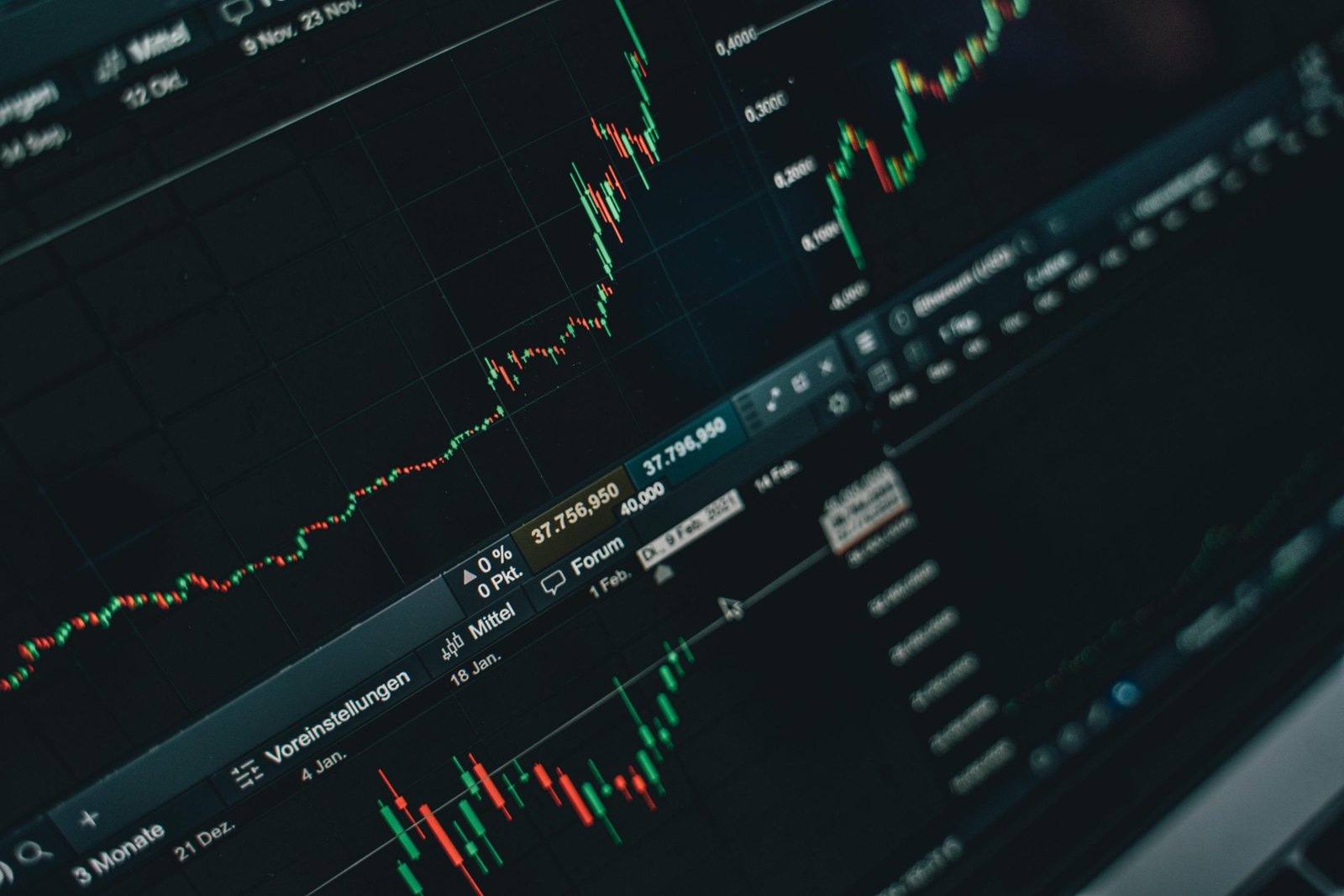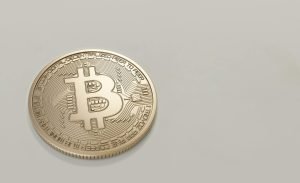Introduction
Trading is a fundamental component of financial markets, allowing individuals and institutions to buy and sell assets to generate profits. Whether it’s stocks, commodities, forex, or cryptocurrencies, trading has evolved into a sophisticated practice that requires knowledge, strategy, and discipline. This article explores the history, types, strategies, benefits, risks, and future of trading.
The Evolution of Trading
Trading has been a cornerstone of economic activity for centuries, beginning with barter systems and evolving into modern electronic markets. Some key historical milestones include:
- Ancient Trading: Early civilizations engaged in barter trade, exchanging goods and services without a monetary system.
- Stock Exchanges: The first stock exchange was established in Amsterdam in 1602, allowing investors to trade shares of the Dutch East India Company.
- Electronic Trading: The late 20th century saw the emergence of electronic trading platforms, increasing market accessibility and efficiency.
- Cryptocurrency Trading: The rise of Bitcoin and other digital assets introduced a new dimension to financial markets, attracting both retail and institutional traders.
Types of Trading
Trading can be categorized based on asset classes and strategies. Some of the most common forms of trading include:
1. Stock Trading
Stock trading involves buying and selling shares of publicly listed companies on stock exchanges like the NYSE and NASDAQ.
2. Forex Trading
Foreign exchange (forex) trading involves trading currency pairs, such as EUR/USD, in a decentralized market that operates 24/5.
3. Commodity Trading
Traders buy and sell commodities like gold, oil, and agricultural products, often using futures contracts to hedge against price fluctuations.
4. Cryptocurrency Trading
With the rise of digital assets, cryptocurrency trading has gained popularity, utilizing centralized exchanges and decentralized finance (DeFi) platforms.
5. Options and Futures Trading
Derivatives trading involves options and futures contracts that derive their value from an underlying asset, providing opportunities for speculation and hedging.
Trading Strategies
Successful trading requires well-defined strategies. Some of the most commonly used approaches include:
1. Day Trading
Day traders open and close positions within a single trading day, relying on technical analysis and short-term market trends.
2. Swing Trading
Swing traders hold positions for several days or weeks, aiming to profit from market swings and trend reversals.
3. Scalping
Scalping involves making rapid trades to capture small price movements, requiring precision and high liquidity assets.
4. Position Trading
Position traders take a long-term approach, holding assets for months or years based on fundamental analysis.
5. Algorithmic Trading
Automated trading uses algorithms to execute trades based on predefined criteria, reducing emotional decision-making.
Benefits of Trading
Trading offers several advantages, including:
1. Profit Potential
Traders can generate significant profits by leveraging market movements and volatility.
2. Market Liquidity
Liquid markets allow for seamless trade execution with minimal price slippage.
3. Diversification
Traders can spread risk by investing in multiple asset classes and strategies.
4. Flexibility
Markets operate across different time zones, allowing traders to participate at their convenience.
Risks and Challenges
Despite its benefits, trading comes with inherent risks, including:
1. Market Volatility
Price fluctuations can result in significant losses, especially for highly leveraged trades.
2. Emotional Trading
Fear and greed often lead to impulsive decisions, undermining profitability.
3. Regulatory Risks
Government regulations can impact trading activities and asset prices.
4. Technology Risks
System failures, hacking, and connectivity issues can disrupt trading operations.
The Future of Trading
The trading landscape continues to evolve with technological advancements and regulatory developments:
1. AI and Machine Learning
Artificial intelligence is transforming trading by enhancing predictive analytics and automated decision-making.
2. Blockchain and DeFi
Decentralized finance is reshaping trading by eliminating intermediaries and increasing transparency.
3. Tokenization of Assets
Blockchain technology is enabling the tokenization of traditional assets, expanding market accessibility.
4. Sustainable Investing
Environmental, social, and governance (ESG) factors are increasingly influencing trading decisions.
Conclusion
Trading remains a dynamic and lucrative field, offering opportunities for individuals and institutions to generate wealth. However, it requires knowledge, discipline, and risk management. As technology continues to shape the financial markets, traders must adapt to new tools and strategies to stay ahead. Whether engaging in stocks, forex, commodities, or cryptocurrencies, trading will continue to play a vital role in the global economy.



